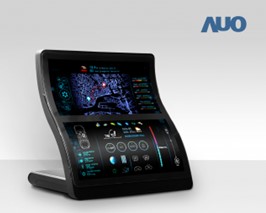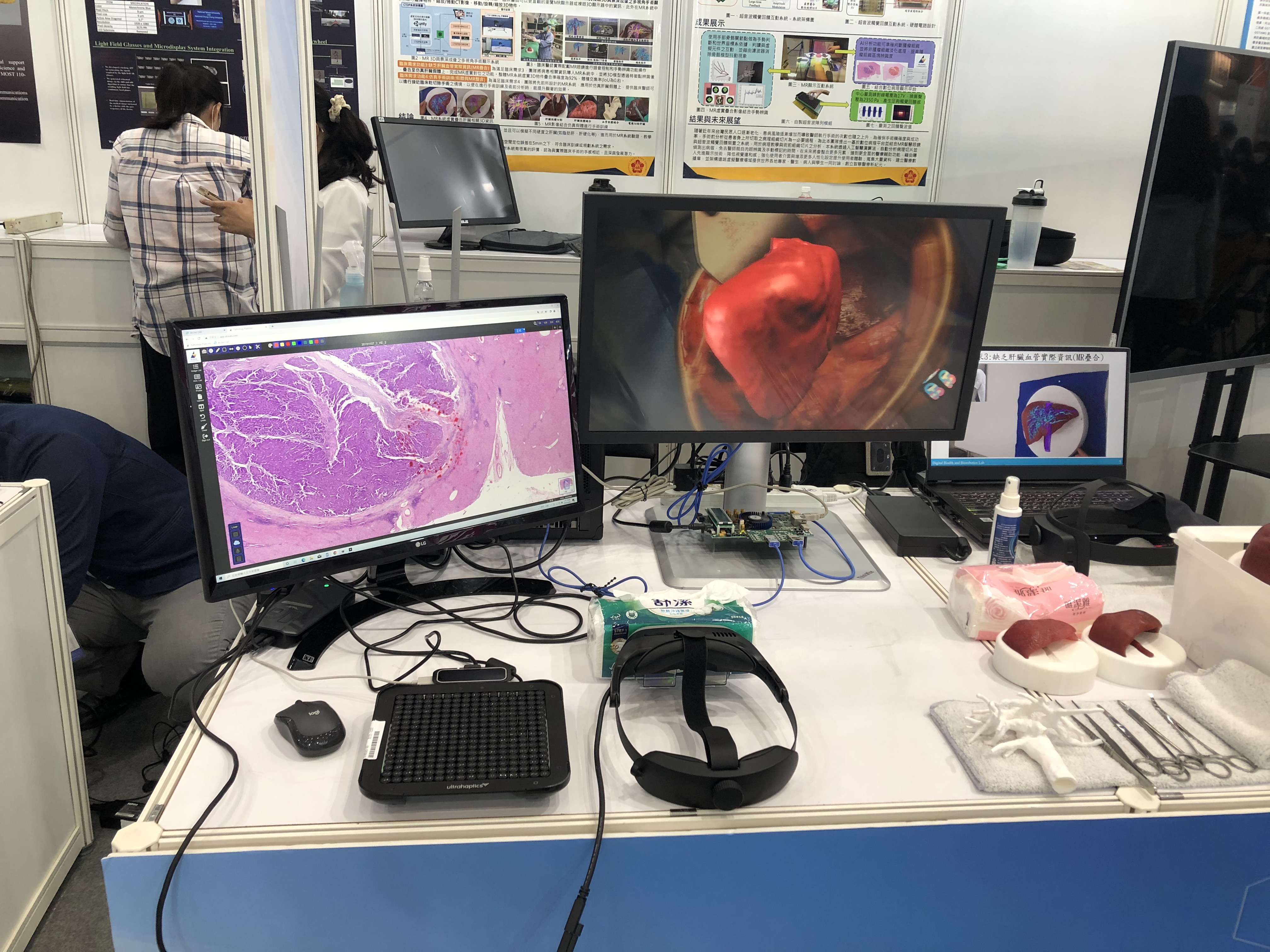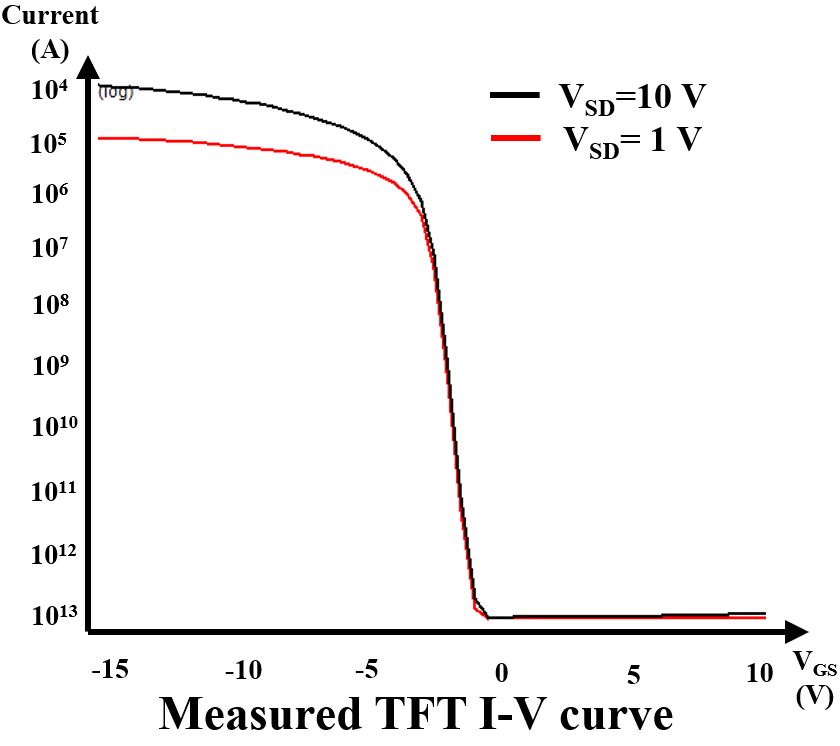| I. Research Purpose Due to the wide color gamut and self-emitting characteristics, Micro LED display, eliminating the need for the backlight source, can achieve a high contrast ratio and wide viewing angle to meet the demand for medical displays, as shown in Fig.1 To increase the accuracy of diagnosis of pathology slices when doctors use the digital pathology platform, we plan to develop a large size panel (30~35 inches) with a frame rate of 120 Hz and a resolution of 8K4K. Hence, a high resolution, high contrast ratio, and high color accuracy Micro LED medical display with the function of luminance detected compensation is fabricated to provide clear pathology analyzed information, helping the doctors diagnose the symptom more accurately. |
|
|
|
Fig.1 Micro LED display. |
|
|---|---|
| II. Research Results 1. Micro LED compensation pixel circuit designs First, we propose Micro LED compensation pixel circuit designs with self-luminance detected, as shown in Fig.2, compensating the gray level of the Micro LED panel by auto-calibration to reach high color accuracy. |
|
|
|
Fig.2 Proposed compensation pixel circuit. |
|
|---|---|
|
2. The electrical characteristics of TFTs and Micro LEDs will be measured to establish the equivalent models
Second, to verify the feasibility of the proposed pixel circuit designs, the electrical characteristics of TFTs and Micro LEDs will be measured to establish the equivalent models, implanted into the simulation, as shown in Fig.3 The fabrication parameters will be provided by the cooperated company, ensuring that the simulation environment corresponds to the real situation to determine the parameters for circuit layout. |
|
|
|
Fig.3 Measurement of TFT characteristics and results. |
|
|---|---|
|
3. Test key of the circuit
Third, the test key of Micro LED pixel circuit will be fabricated to verify the feasibility of the designed circuits. The driving currents and the voltage waveforms will be measured by the fabricated measurement system, which can control the driving timing to confirm the capability of luminance compensation. The measurement environment will also be adjusted to observe to the stability of the driving currents and the voltage waveforms. When the measured data are acquired, the results will be analyzed to improve the proposed pixel circuit, and the feasibility will be verified by the simulation and the test key measurement. Finally, the proposed circuit will be integrated into a large display panel (30~35 inches), and the stability of the image will be observed to evaluate the color accuracy of the Micro LED panel to ensure the display images are identical to the pathology slice. Moreover, the developed interactive pathology observation system will be applied to the National Cheng Kung University Hospital and other cooperated hospitals to test the system by field experimentation. Through the feedback received from the doctors after using the system, the color adjustment of the display and the parameter calibration of the system will be conducted to optimize the display system. Therefore, the experience of the users is improved, and the operation of the system can be verified to meet the requirement of the doctors from modern medical institutions. |



